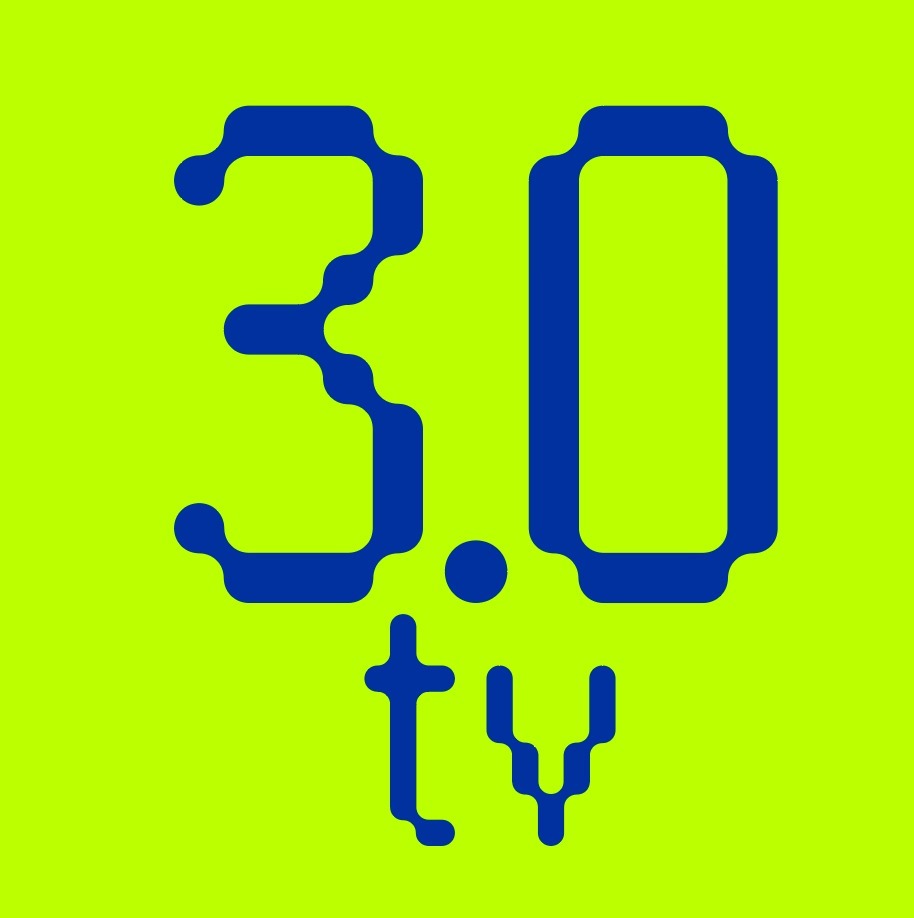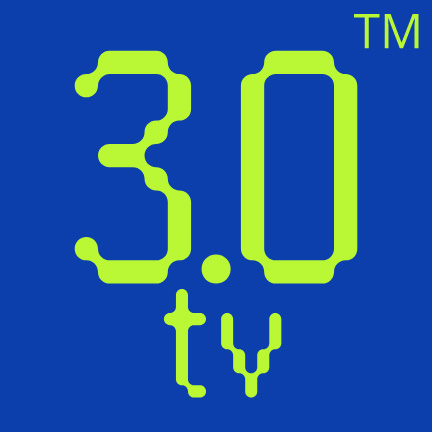You need to login in order to Like
The Future of Tokenization
By Kapil Rajyaguru
The act of turning an asset’s rights into a digital token on a blockchain or other distributed ledger technology is known as tokenization. In addition to more abstract assets like voting rights or identification credentials, this digital representation can reflect ownership of tangible assets like bonds, real estate, artwork, or commodities. Tokenization opens up new opportunities for fractional ownership, higher liquidity, and more effective, transparent, and accessible transactions that can be carried out swiftly and safely across international marketplaces by digitizing these assets.
Although tokenization has a lot to offer the financial industry, its uses are not limited to that. Decentralized social networks, loyalty programs, identity management, and other fields are finding applications for tokenization, showcasing its adaptability and broad reach.
Although tokenization has already become popular, value transfer and complete on-chain issuance have not yet materialized. Tokenization is expected to advance to this more efficient and safe asset management model as the industry starts to see its potential advantages and grows more used to the technology.
Take US Treasuries, for instance. The underlying security is still in off-chain custody under the existing tokenization methodology, even though a digital token can signify ownership of a T-bill. The complete T-bill, from issuance to trade to redemption, would reside natively on a blockchain in the event of full on-chain issuance. There are a number of benefits to switching to fully on-chain procedures, including:
Disintermediation: Costs are reduced and security is enhanced by doing away with the need for custodians, clearinghouses, and other intermediaries.
Reduced counterparty risk: Hedging against counterparty default is not necessary when peer-to-peer transactions are conducted directly on an unchangeable, visible ledger.
Enhanced efficiency: Without requiring human participation, automated smart contracts can manage intricate procedures like interest payments and redemptions instantly.
Increased liquidity: Secondary markets may become more active as a result of stronger interoperability and simpler ownership transfers.
Real-time settlement: By settling transactions nearly instantly, settlement risk is decreased.
ZK Tech Changing the Tokenization Game
Privacy, security, and scalability issues have emerged as tokenization spreads throughout industries and asset classes. Zero-knowledge (ZK) technology comes into play here.
In order to ensure that only the essential criteria are confirmed and all other details are kept private, ZKPs can be used, for instance, to prove that a user has enough money in a digital wallet without revealing the exact balance, to verify someone’s identity without revealing personal information like a name or address (QuarkID), or to prove that a party is older than a certain age without revealing their exact age or date of birth.
The Elastic Chain
ZKsync developed The Elastic Chain, an architecture intended to increase the functionality of ZK rollups, based on this idea. The Elastic Chain is made up of linked ZK Chains that work together in parallel, are protected by Ethereum, and may expand horizontally by adding more chains as needed to meet demand. Additionally, it can allow businesses, like banks, to interact in confidence while keeping information private.
Scalable and adaptable infrastructure is required to handle the wide variety of assets migrating on-chain as tokenization continues to gain traction. An excellent option for businesses wishing to participate in tokenization initiatives is the Elastic Chain. ZKsync’s technology has already been used by several well-known financial institutions to help them transition to on-chain financing.
The Elastic Chain is positioned as a complete platform for institutional-grade tokenization by the ZK Stack’s interoperability, scalability, and customizable features. These characteristics, in particular, make it a driving force behind the shift to value transfer and entirely on-chain issuance.
Despite the obvious advantages of this new tokenization approach, three major obstacles stand in the way of its wider adoption: unclear regulations, a lack of technological stability, and corporate preparedness.
The Elastic Chain’s design offers a scalable, adaptable, safe, and interoperable platform, therefore, immediately addressing the lack of technical robustness. Additionally, by providing a flexible environment that enables organizations to gradually adopt blockchain technology while preserving compatibility with their current systems and processes as they move towards full blockchain integration, the Elastic Chain can serve as a bridge to advance enterprise readiness.
Lastly, the Elastic Chain gives businesses the flexibility to swiftly adjust to changing rules, allowing them to take advantage of new regulatory clarification as it becomes available.
You need to login in order to Like


















